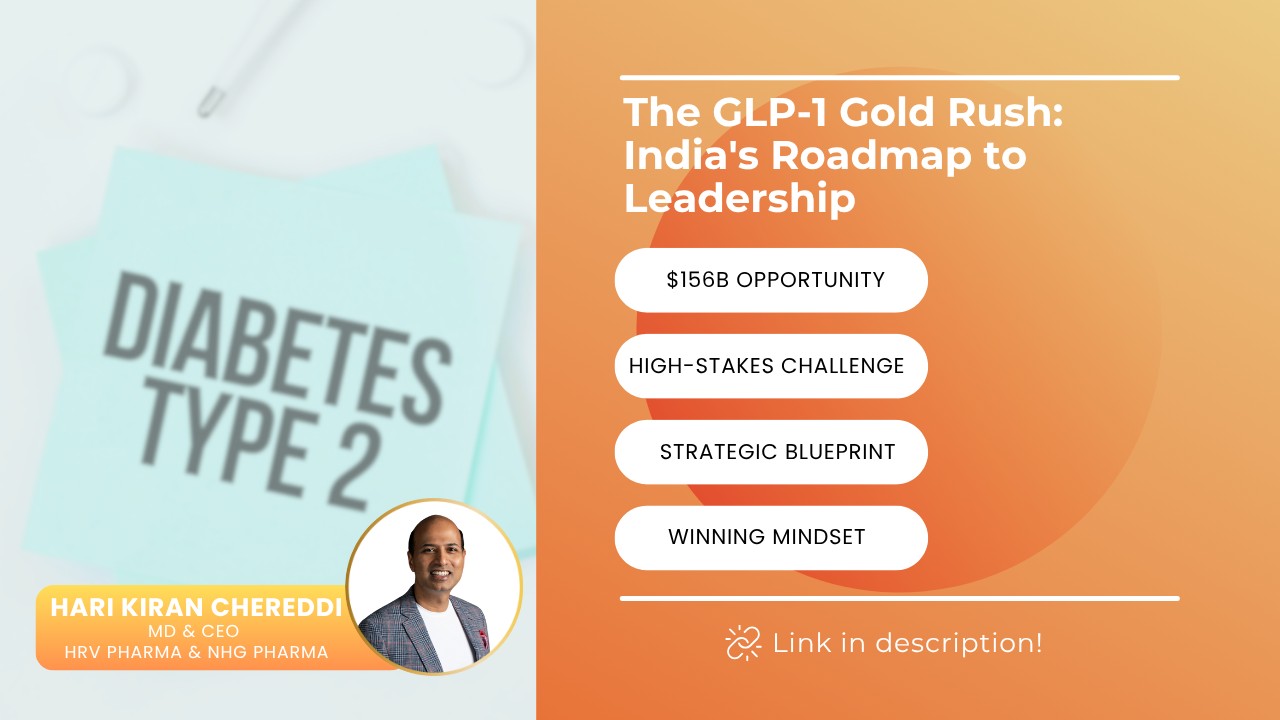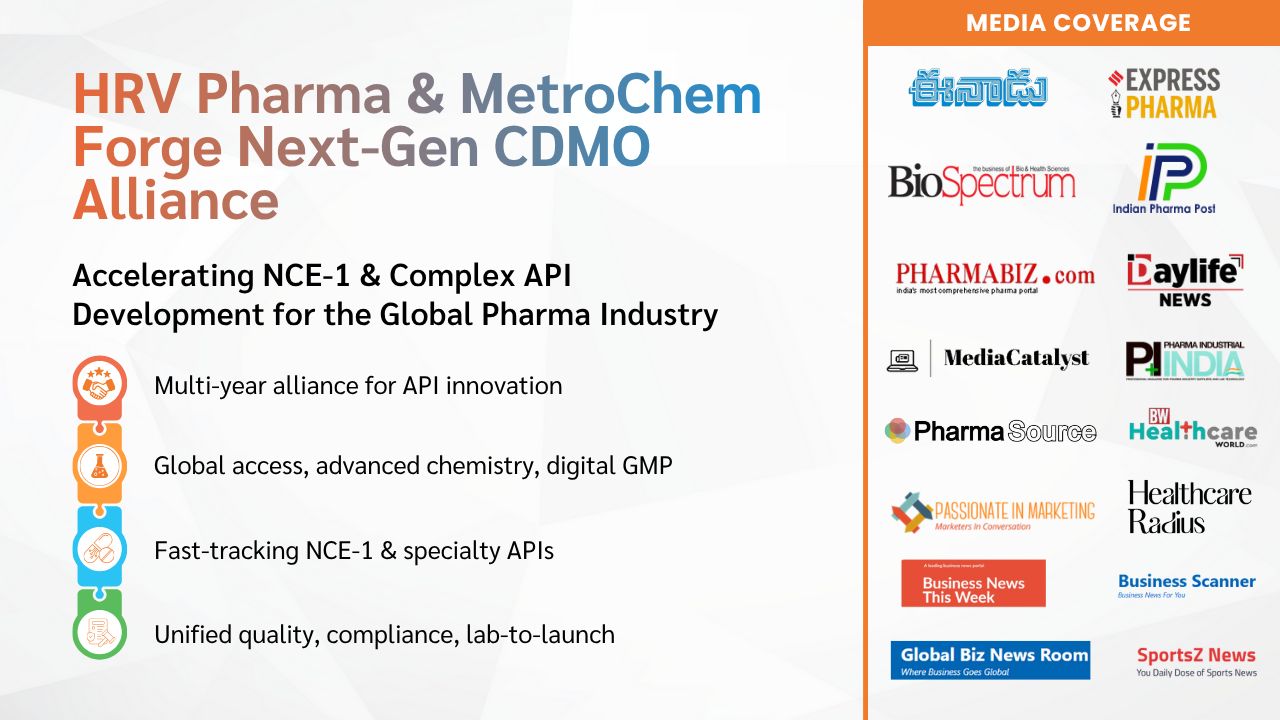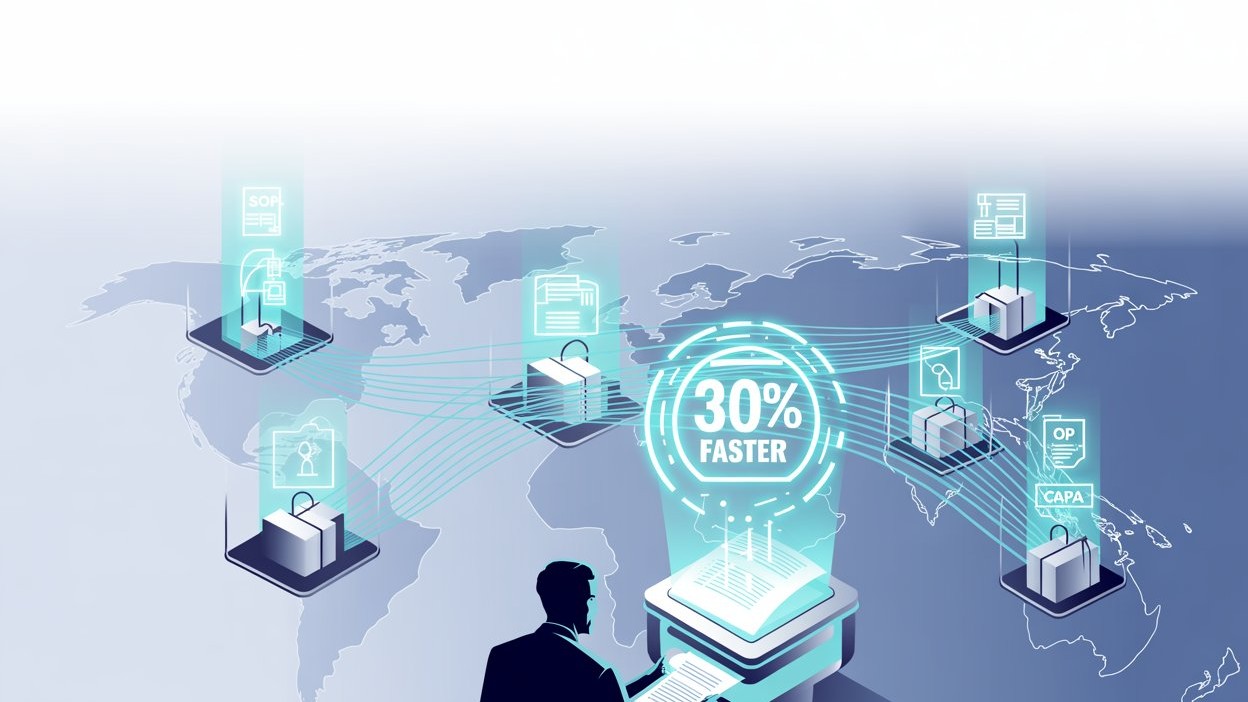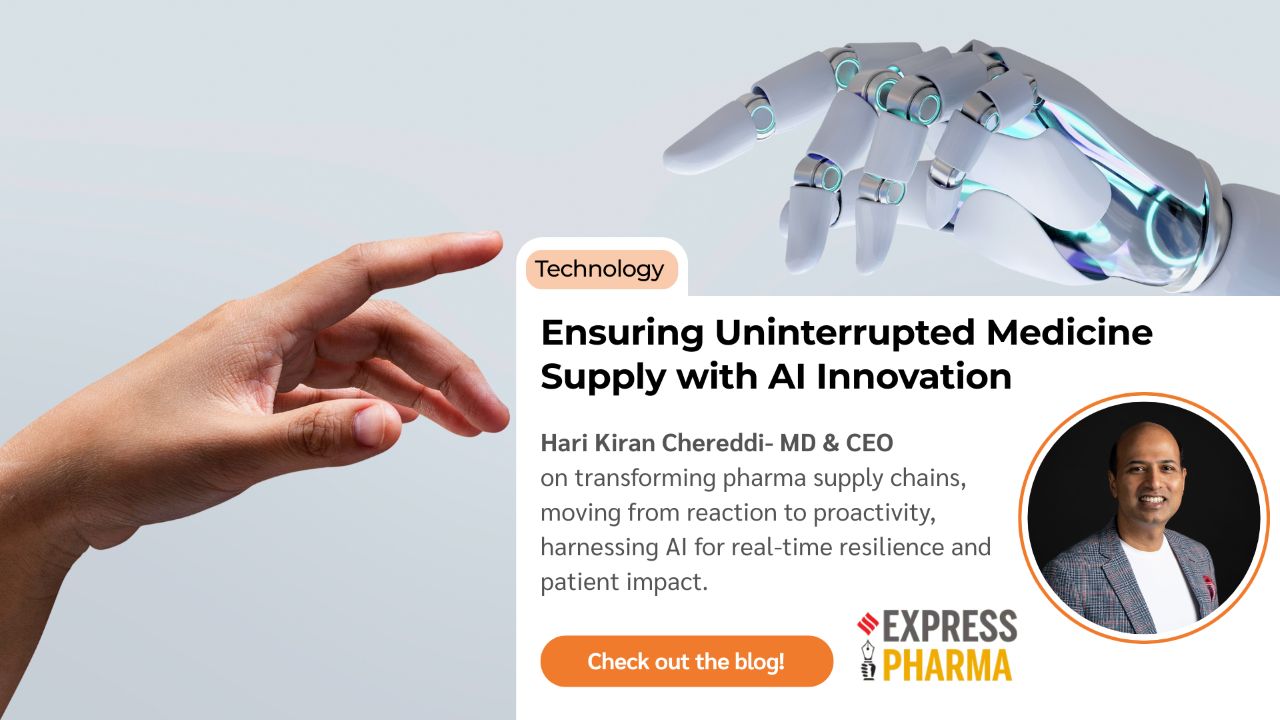With the 2026 patent expiration of GLP-1 agonists like Semaglutide, a billion-dollar global diabetes and obesity drug, Indian pharmaceutical companies stand at the threshold of a transformative opportunity. The question isn't whether India can participate, but how it can emerge as a global leader in complex biologics manufacturing.
Hari Kiran Chereddi, MD & CEO of HRV Pharma and NHG Pharma, shares strategic insights on India's readiness and the fundamental changes required to capitalize on this high-value market opportunity.
Understanding GLP-1: The Billion-Dollar Opportunity
GLP-1 receptor agonists represent advanced peptide-based drugs used to manage Type 2 diabetes and obesity. Breakthrough medications like Semaglutide (marketed as Ozempic and Wegovy) have demonstrated not only significant metabolic benefits but also cardiovascular improvements, establishing them as blockbuster therapies.
The global demand for these medications is surging, with the market generating over $35 billion annually and projected to exceed $60 billion globally by 2027. Generic versions are expected to contribute over $5 billion in healthcare savings once patents expire.
Strategic Transformation: From Engineering to Designing
According to Hari Kiran Chereddi, the 2026 patent expiry represents more than a market window—it's a strategic inflection point requiring fundamental industry transformation.
"GLP-1 analogues like Semaglutide are India's next big opportunity. But to seize it, we need to stop thinking in terms of reverse engineering. This is about designing for global scalability, compliance, and biologics maturity."
Hari Kiran Chereddi, MD & CEO, HRV Pharma and NHG Pharma
Strategic Implementation Framework
Successfully capitalizing on the GLP-1 opportunity requires comprehensive strategic pillars:
- Early-stage DMFs: Developing Drug Master Files for GLP-1 analogues ahead of patent expiry
- CDMO Infrastructure: GLP-1 focused Contract Development and Manufacturing Organization investments for regulated markets
- Regulatory Collaboration: Establishing collaborative pathways with global regulatory authorities
- Advanced Manufacturing Platforms: Sophisticated peptide synthesis capabilities
- AI-Integrated Quality Systems: Advanced Quality Control and Quality Assurance processes for biologics
India's Competitive Positioning in Biologics
India currently contributes over 20% of global generic medicines, with established expertise in chemistry-led drug development. However, biologics and peptides demand new infrastructure capabilities and strategic thinking.
The industry transformation requires evolution beyond traditional manufacturing approaches:
"We're seeing a mindset shift. Not just chemistry, but biology, precision design, and regulatory depth are now becoming essential to compete in this space."
Hari Kiran Chereddi, MD & CEO, HRV Pharma and NHG Pharma
GLP-1 Patent Expiry Timeline and Market Dynamics
The market opportunity is defined by several critical factors:
- Patent Expiration: Semaglutide's key patents expire globally by early 2026
- Market Growth: Demand for obesity and diabetes treatments growing 12-14% year-over-year
- Healthcare Savings: Indian companies can save global healthcare systems billions through cost-effective alternatives
- Regulatory Access: Opportunities to develop biosimilars or complex generics for US and EU markets
Beyond Cost Competition: Value-Based Differentiation
The competitive landscape for GLP-1 drugs extends beyond traditional cost advantages that have historically defined Indian pharmaceutical success.
"Affordability alone won't differentiate us anymore. The world now demands compliance, reliability, and deep design innovation and India must rise to that challenge."
Hari Kiran Chereddi, MD & CEO, HRV Pharma and NHG Pharma
Global Health Impact and Public Health Imperative
The significance of this opportunity extends beyond commercial considerations. The escalating costs of treating obesity and diabetes are reaching unsustainable levels globally, creating urgent needs for affordable therapeutic alternatives.
India's pharmaceutical ecosystem has the potential to offer affordable GLP-1 alternatives to over 1 billion people globally, transforming this from purely a business opportunity into a critical public health imperative.
Infrastructure and Capability Requirements
Successfully competing in the GLP-1 market requires substantial investments in:
- Biologics Manufacturing Infrastructure: Specialized facilities for peptide production
- Regulatory Expertise: Deep understanding of biologics approval processes
- Quality Systems: Advanced quality management for complex molecules
- Research Capabilities: Innovation in formulation and delivery mechanisms
- Global Partnerships: Strategic alliances with international healthcare providers
Market Leadership Through Innovation
The 2026 GLP-1 patent expiry represents a defining moment for Indian pharmaceutical companies to demonstrate their evolution from generic manufacturers to innovative biologics leaders. Success will require strategic investments, regulatory excellence, and commitment to global quality standards.
Companies that successfully navigate this transition will not only capture significant market share but also establish India's leadership position in next-generation therapeutics for global health challenges.
Read the complete analysis: Can Indian Companies Compete with MNCs in GLP-1 Production? - BioSpectrum India







